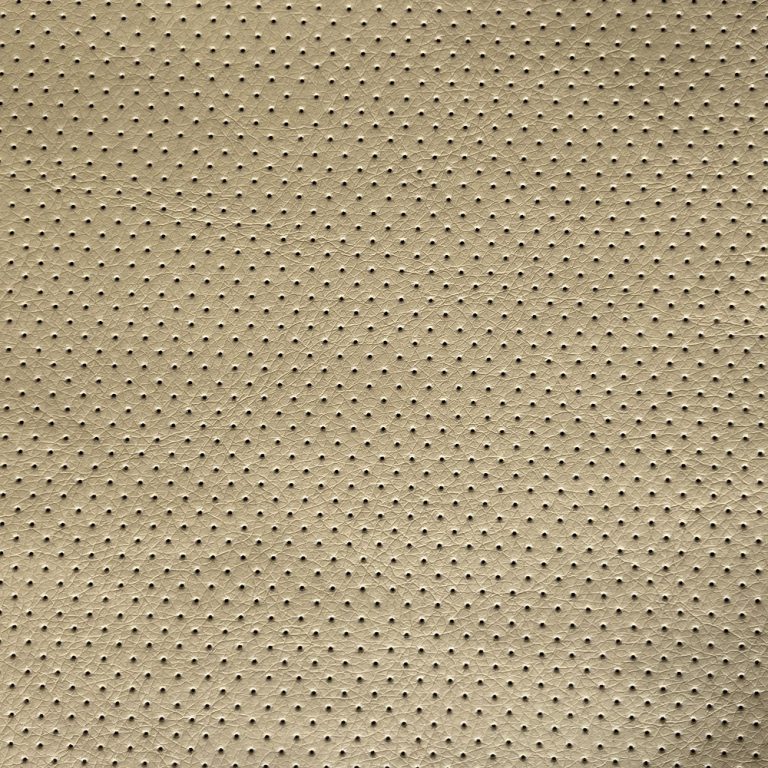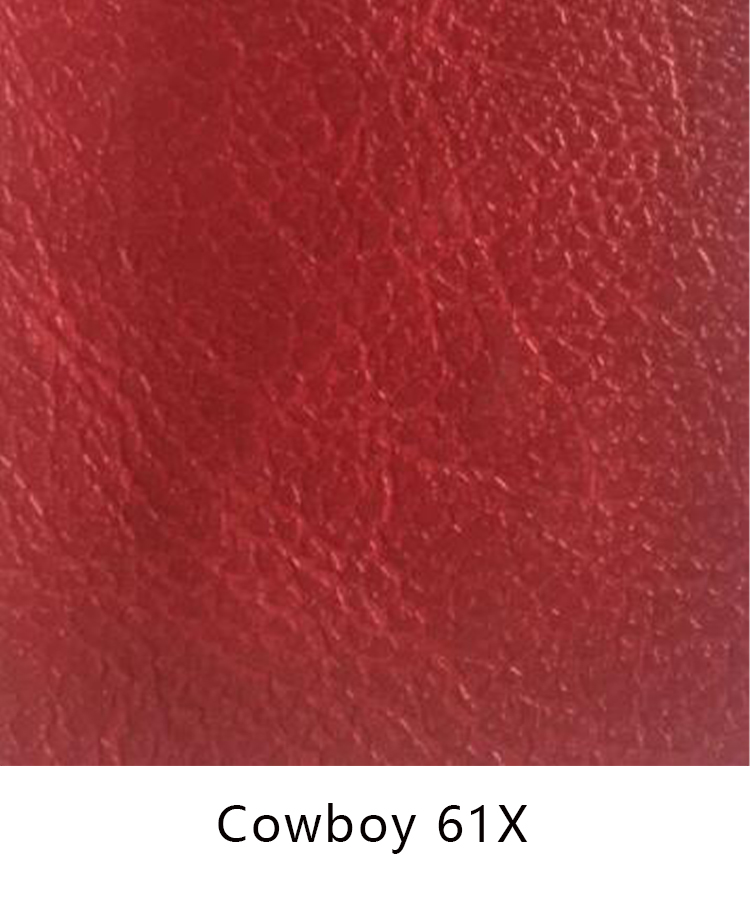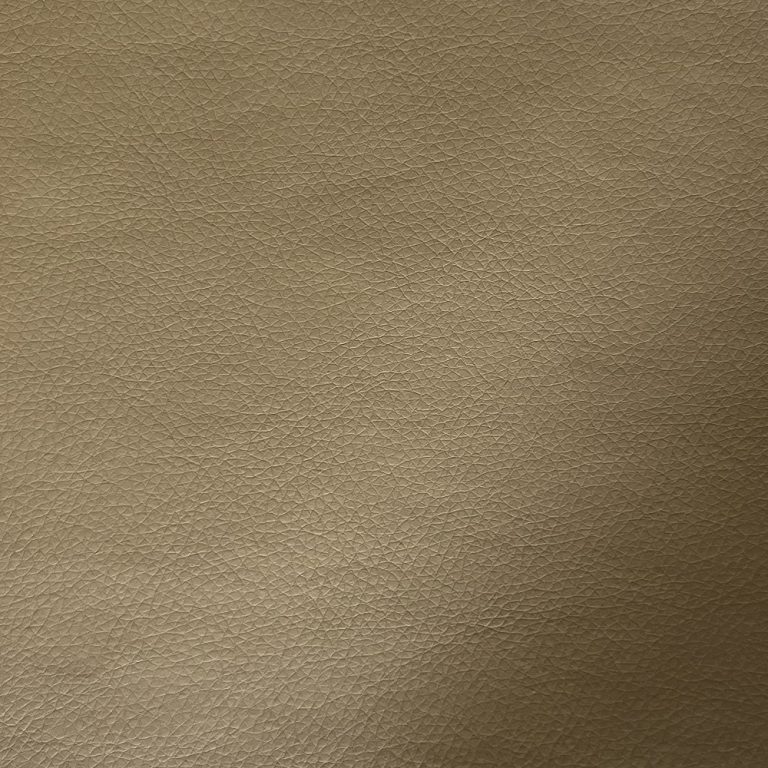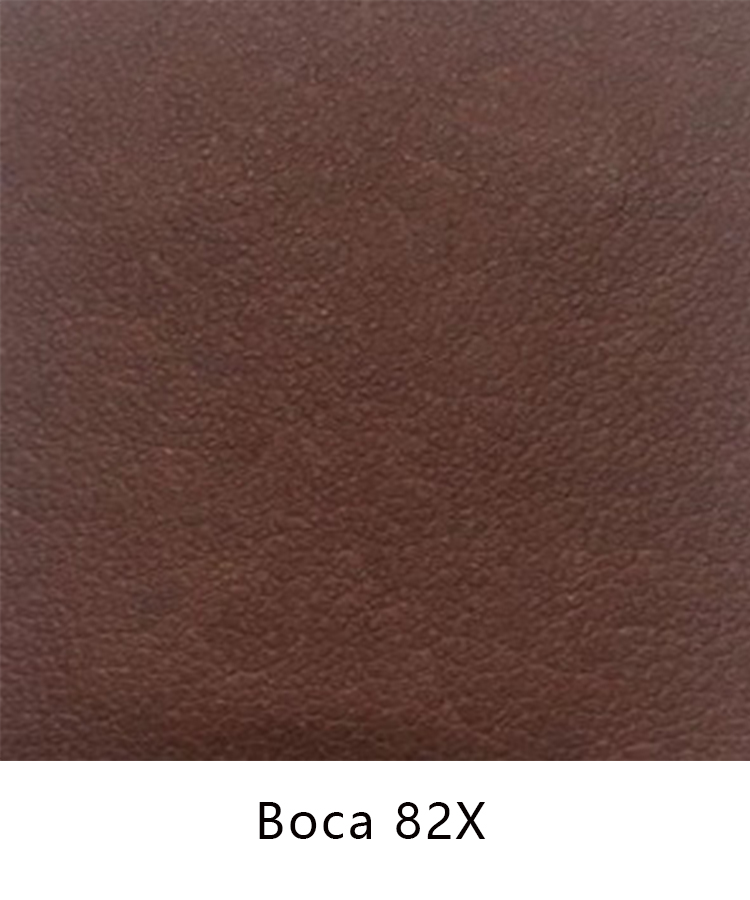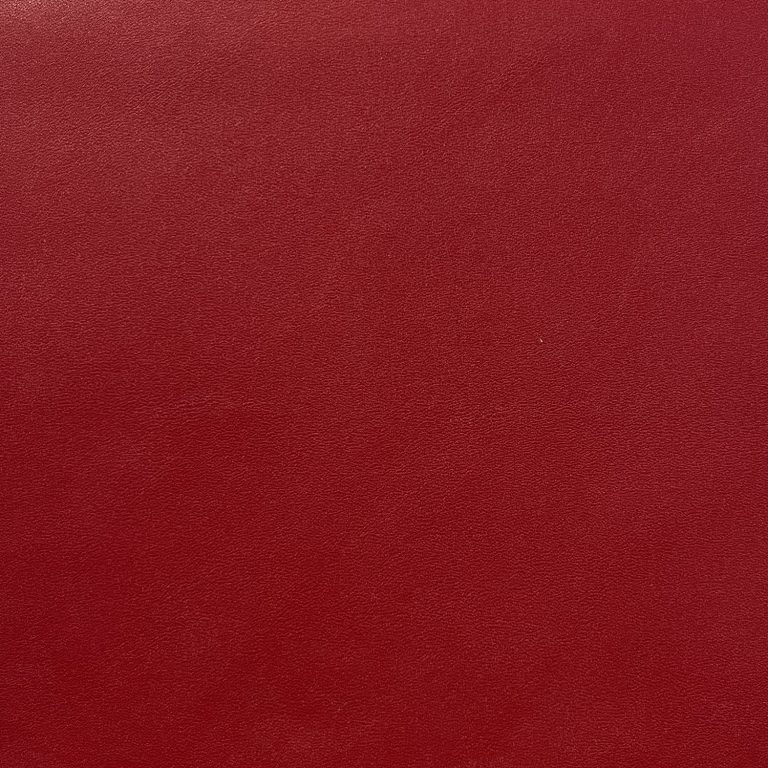Table of Contents
Different Types of Leather for Bookbinding
Bookbinding is an ancient craft that has been practiced for centuries. One of the key components of bookbinding is the choice of materials used to create the cover of the book. Leather is a popular choice for bookbinding due to its durability, flexibility, and aesthetic appeal. There are several different types of leather that can be used for bookbinding, each with its own unique characteristics and qualities.
One of the most common types of leather used for bookbinding is cowhide leather. Cowhide leather is known for its strength and durability, making it an excellent choice for books that will be frequently handled or used. Cowhide leather is also relatively affordable, making it a popular choice for both amateur and professional bookbinders.
Another popular type of leather used for bookbinding is goatskin leather. Goatskin leather is known for its softness and flexibility, making it a popular choice for books that need to be opened and closed frequently. Goatskin leather is also known for its natural grain pattern, which can add a unique and elegant touch to a book’s cover.
Calfskin leather is another popular choice for bookbinding. Calfskin leather is known for its smooth texture and fine grain, making it a popular choice for books that require a more refined and polished look. Calfskin leather is also known for its durability, making it a good choice for books that will be used frequently.
Sheepskin leather is another type of leather that is commonly used for bookbinding. Sheepskin leather is known for its softness and pliability, making it a popular choice for books that need to be flexible and easy to handle. Sheepskin leather is also known for its natural grain pattern, which can add a unique and rustic touch to a book’s cover.
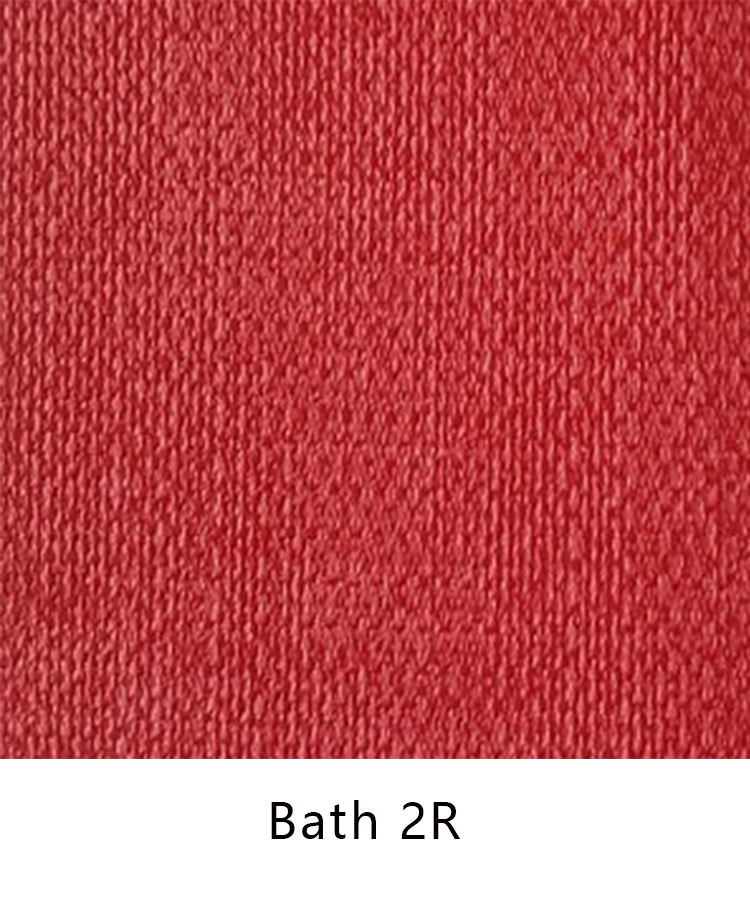
In addition to these common types of leather, there are also more exotic types of leather that can be used for bookbinding. For example, ostrich leather is known for its distinctive texture and pattern, making it a popular choice for books that require a more luxurious and unique look. Snakeskin leather is another exotic option that can add a bold and eye-catching touch to a book’s cover.
When choosing a type of leather for bookbinding, it is important to consider the intended use of the book, as well as personal preferences for texture, appearance, and durability. Each type of leather has its own unique characteristics and qualities, so it is important to choose a type of leather that best suits the specific needs of the book.
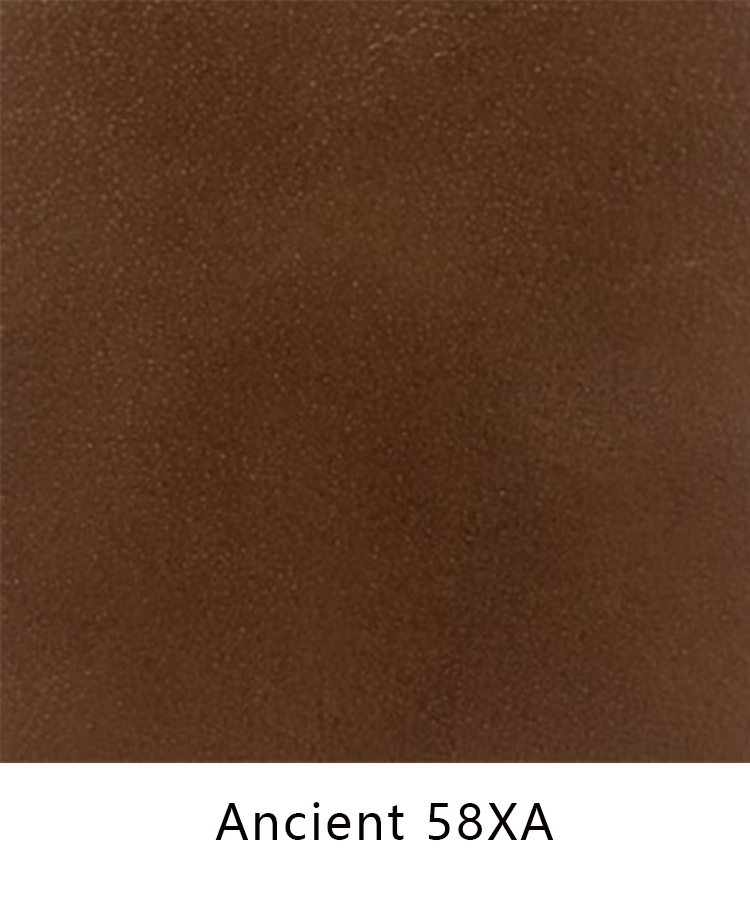
In conclusion, leather is a versatile and durable material that is commonly used for bookbinding. There are several different types of leather that can be used for bookbinding, each with its own unique characteristics and qualities. Whether you prefer the strength and durability of cowhide leather, the softness and flexibility of goatskin leather, or the smooth texture of calfskin leather, there is a type of leather that is perfect for your bookbinding project. Consider your needs and preferences when choosing a type of leather for bookbinding, and enjoy the beauty and durability that leather can bring to your books.
Exploring Alternative Materials for Book Covers
Bookbinding is an ancient craft that has been practiced for centuries. Traditionally, book covers were made from materials such as leather, cloth, and paper. However, in recent years, bookbinders have begun to explore alternative materials for book covers. These materials offer unique textures, colors, and durability, making them an attractive option for bookbinding projects.
One alternative material that has gained popularity among bookbinders is wood. Wood covers provide a natural and rustic look to books, adding a touch of warmth and character. Wood covers can be made from a variety of woods, such as oak, cherry, and walnut, each offering its own unique grain pattern and color. Wood covers can be left unfinished for a raw and organic look, or they can be stained or painted to add a pop of color.
Another alternative material that bookbinders are using is metal. Metal covers provide a sleek and modern aesthetic to books, making them stand out on the shelf. Metal covers can be made from materials such as aluminum, brass, and copper, each offering a different level of shine and patina. Metal covers can be embossed or engraved with intricate designs, adding a touch of elegance and sophistication to the book.
For bookbinders looking for a more eco-friendly option, recycled materials are a great choice for book covers. Recycled materials such as cardboard, paperboard, and denim can be repurposed to create unique and sustainable book covers. These materials can be embellished with stamps, stencils, or paint to add a personal touch to the book.
| Commodity Name | Class |
| Notebook pu leather | S |
Fabric covers are another alternative material that bookbinders are using for book covers. Fabric covers offer a soft and tactile feel to books, making them inviting to touch and hold. Fabric covers can be made from a variety of materials, such as cotton, linen, and silk, each offering its own texture and color. Fabric covers can be embellished with embroidery, appliqué, or beading to create a one-of-a-kind design.
In addition to wood, metal, recycled materials, and fabric, bookbinders are also exploring unconventional materials for book covers, such as plastic, rubber, and even leather alternatives. These materials offer a unique and unexpected twist to traditional bookbinding, pushing the boundaries of what is possible in book cover design.
Overall, the use of alternative materials for book covers opens up a world of creative possibilities for bookbinders. Whether you prefer the natural look of wood, the sleekness of metal, the sustainability of recycled materials, or the softness of fabric, there is a material out there to suit your style and vision. So next time you embark on a bookbinding project, consider stepping outside the traditional materials box and exploring the wide range of alternative materials available to create a truly unique and personalized book cover.

